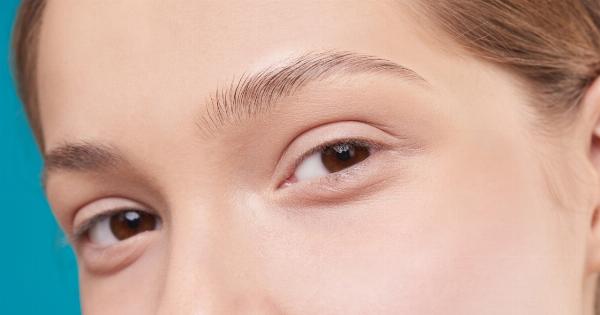Winter is a magical season of snowy landscapes, hot cocoa, and festive celebrations. However, for many women, it is also a time of increased emotional stress, anxiety, and sadness.
This phenomenon, known as the winter blues, is a type of seasonal affective disorder (SAD) that affects millions of people worldwide, especially in regions with harsh winter climates.
Definition and Symptoms of Winter Blues
Winter blues or SAD is a form of depression that typically occurs during the autumn and winter months when daylight hours become shorter, and the weather gets colder.
The exact causes of this condition are unclear, but it is often attributed to the reduced exposure to natural sunlight, which affects the body’s circadian rhythm, hormonal balance, and neurotransmitter levels.
The symptoms of winter blues range from mild to severe and may include:.
- Low mood, sadness, and tearfulness
- Decreased energy, motivation, and productivity
- Irritability, anger, and anxiety
- Changes in appetite and sleep patterns
- Loss of interest in activities and hobbies
- Difficulty concentrating and making decisions
- Feelings of worthlessness, guilt, and hopelessness
- Suicidal thoughts or actions (in rare cases)
Prevalence and Risk Factors of Winter Blues in Women
Winter blues are more common in women than men, with a prevalence rate of up to 10% among the population and up to 20% among those living in higher latitudes.
The exact reasons for this gender difference are unclear, but it is speculated that women may be more susceptible to hormonal and social factors that affect their mood and coping strategies.
Some of the risk factors that increase women’s vulnerability to winter blues include:.
- Hormonal changes (e.g., premenstrual syndrome, pregnancy, menopause)
- History of depression, anxiety, or other mental health disorders
- Family history of SAD or other mood disorders
- Stressful life events (e.g., loss of loved one, job, or home)
- Seasonal changes in social and physical activities (e.g., less daylight, outdoor exercise, and social interactions)
- Issues related to body image, self-esteem, and confidence
Diagnosis and Treatment of Winter Blues
Diagnosing winter blues can be challenging because it shares many symptoms with other types of depression.
However, a thorough evaluation by a healthcare professional can help rule out other medical conditions and lifestyle factors that may contribute to one’s mood changes.
The treatment of winter blues may vary depending on the severity and duration of the symptoms. Some common approaches include:.
- Light therapy: Exposure to bright light for 30 minutes to 2 hours per day can simulate natural sunlight and regulate the body’s circadian rhythm and melatonin production.
- Psychotherapy: Cognitive-behavioral therapy (CBT), mindfulness-based cognitive therapy (MBCT), and interpersonal therapy (IPT) can help identify and modify negative thoughts and behaviors that contribute to depression.
- Medication: Some antidepressant drugs, such as selective serotonin reuptake inhibitors (SSRIs), can be effective in reducing SAD symptoms. However, they may have side effects and require careful monitoring.
- Lifestyle changes: Healthy habits such as regular exercise, balanced diet, social support, and stress management can enhance one’s resilience and coping skills.
Self-Care Tips for Coping with Winter Blues
While seeking professional help is the most effective way to deal with winter blues, there are also some self-care tips that can alleviate one’s symptoms and improve their mood and well-being.
- Get outside for at least 20-30 minutes per day: Even on cold or cloudy days, exposure to natural light and fresh air can boost one’s energy and mood.
- Stay active and exercise regularly: Physical activity not only enhances one’s physical health but also releases endorphins, the feel-good chemicals in the brain.
- Eat a balanced diet and avoid excessive alcohol and caffeine: A nutritious and diverse diet can provide essential vitamins and minerals that support one’s brain and body functions.
- Practice relaxation techniques: Yoga, meditation, deep breathing, and other calming activities can reduce stress and anxiety and promote relaxation.
- Connect with others and seek social support: Spending time with loved ones, joining a community group, or reaching out to a mental health professional can provide emotional comfort and encouragement.
Conclusion
Winter blues is a common and treatable condition that affects many women during the colder months. Understanding its symptoms, causes, and risk factors can help one recognize and seek help for their condition.
By adopting healthy lifestyle habits, seeking professional help if needed, and connecting with others, women can overcome their winter blues and enjoy the magic of this season.






























